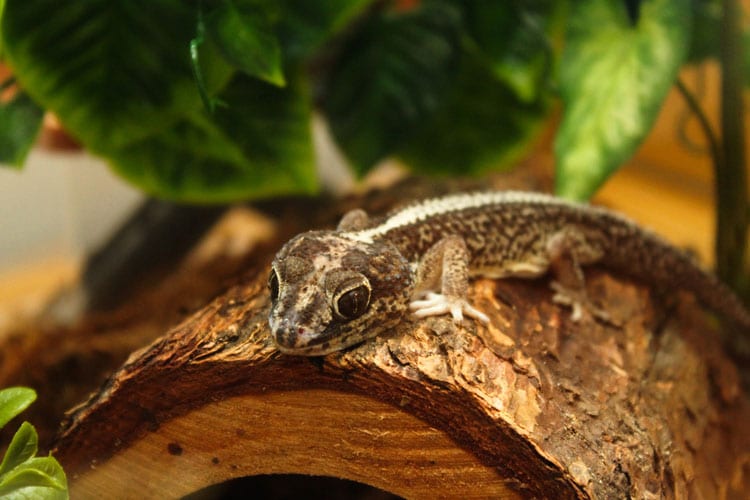Green Geckos – the Wonder of Northland New Zealand
The outstanding color of Naultinus, a type of gecko regularly found in New Zealand, signifies them as Green Geckos. The experts have detailed eight types of this variety, whereas other varieties of North Island are still awaiting scientific description. The species in this genus are extraordinary because they share so many common traits that set them apart from the rest of the two thousand species in the world, most of whom have a commonly brown color, short lifespan, are active at night, and are ovivaparous. Naultinus are generally green (Except in two southern islands, where males display sexual dimorphism (difference in observable characteristics/ traits between females and males of similar species). They are Viviparous, rigorously active during the day, and live for 30 years. New Zealand’s climate is coastal and moderate. They are one among the variety spread in the Southern tip of the earth. Some varieties of these green geckos live in the South Island that experiences snowfall constantly in winter. These varieties adjust to cold and unfavorable weather by their behavioral and physiological features.
Naultinus grayil, the Northland Green Geckois about 200 mm long; and from its snout up to the vent, it measures about 95mm. You can find them exclusively to the North of Whangaroa in the Northland region of New Zealand.
New Zeeland’s Northland Green Gecko IS vibrantly green, and displays golden or grey marks along both sides of its back. Males have on their sides and under their limbs, a blue band. Both the sexes have pale green and occasionally yellowish bottom. The tongue is vivid red and inner mouth, dark blue.
The diurnal Northland Green Gecko basks in the sun, as it is active during day. They are arboreal and live on trees like mingiminigi, kanuka and manuka.

Anatomy
Full length from nose to tail measures about 95mm.
Tail is conical and its length surpasses the length of the body.
Tiny body scales, bulging temples and flat heads make a distinction of geckos from other lizards.
The green geckos or the Naultinus grayii display a bright green color and they are conspicuous by the yellow or white the marks that appear on their legs and back.
A blue lined mouth and a conspicuously red tongue characterize these species.
Reproduction

Geckos regenerate in the absence of male, without fertilization, in a process called parthenogenesis. They hold back the eggs and bear the live infants.
Normally they litter a pair, each almost half the mother’s size. The female gestation period is uncertain, because females are capable of holding the sperms for a long time prior to fertilization of eggs. They litter during April, and breed successfully in captivity.
Food
Their food consists of insects on which creep and pounce to gulp with their big mouth. They use their tiny teeth to grip their prey rather than to chew. In their habitat birds like kingfisher seem their primary predators. Nevertheless, rats and cats also pose a major threat to them. Being attractive, they also become victims of the smuggling and poaching community.
As a Pet
You can legally keep Naultinus in New Zealand as pets, if you take prior permission from the Department of Conservation (DOC). Secret collections own hundreds of these pets. Beginners must obtain an ‘A permit’ to raise punctatus, elegans, and grayii, whereas to keep other varieties of this genus, a ‘B permit” that insists on proof of years of experience in raising geckos. Earlier people started collected geckos for their collection as a hobby, but in 1981, these geckos came under the scheme of Greater International Protection.
Geckos discard their skin in one piece like snakes. The Green Geckos of New Zealand live long for many decades in captivity.

Having discovered a fondness for insects while pursuing her degree in Biology, Randi Jones was quite bugged to know that people usually dismissed these little creatures as “creepy-crawlies”.







